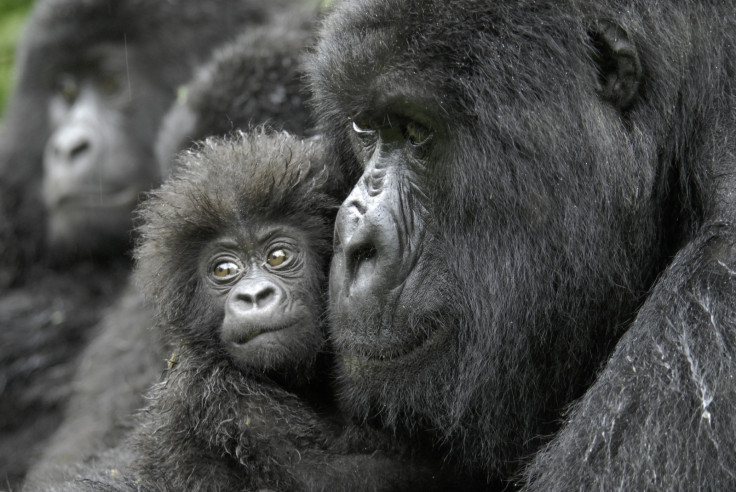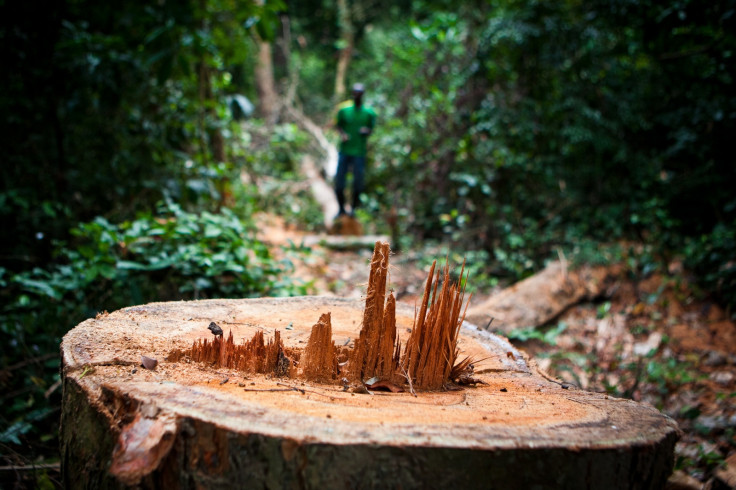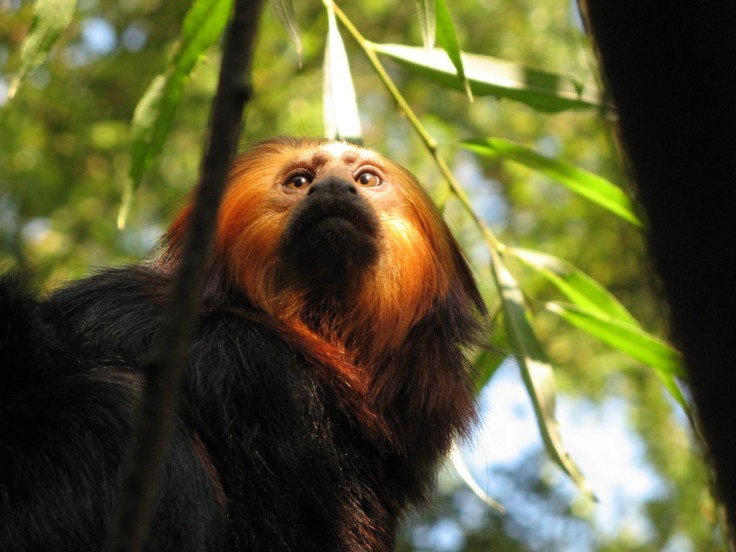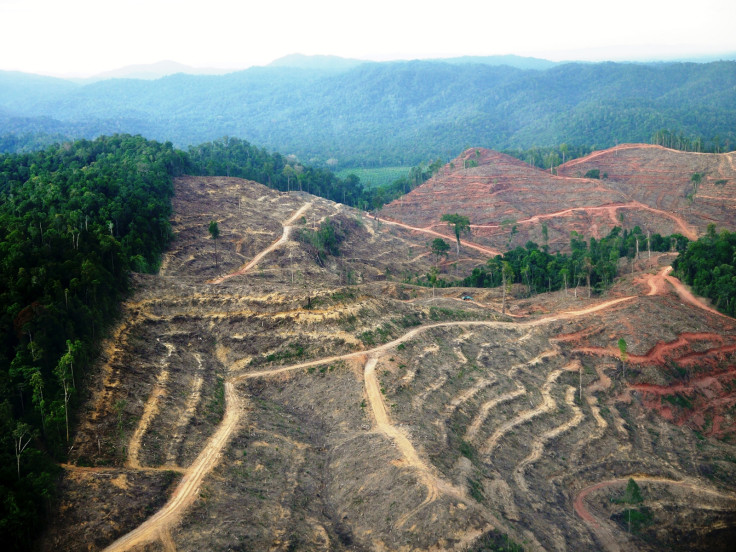A mass primate extinction has been triggered thanks to destruction of forests
We are likely to lose the majority of primate species to extinction in the coming decades.
We can expect to see the majority of non-human primate species driven to extinction in the next 25-50 years, a group of 31 leading primatologists has said.
There are 504 species of primate in Africa and Asia, of which 60% are threatened with extinction. By the middle of the century this 60% will be lost if the human activities driving these species' decline continue as normal, according to a mega-analysis published in the journal Science Advances.
The 60% of primate species that are threatened includes those listed as critically endangered, endangered and vulnerable to extinction on the IUCN Red List of endangered species.
Agriculture, logging, oil and gas drilling and building infrastructure such as dams and roads are to blame, along with hunting primates for bush meat, body parts and the illegal pet trade.
"The absolute worst threat is habitat destruction," study author Jo Setchell of the University of Durham told IBTimes UK.
"That's when we completely convert the forest habitat that most primates live in to something that suits humans. It's often only short term – for example we cut down trees to harvest the timber but then it doesn't grow back. So we have a short-term harvest and the animals have nowhere to go."
What to do about it
Conservation organisations are already doing "an excellent job" in working to protect primates' habitats, but this needs to be backed up by global pressure and global change, Setchell said.
"The fundamental thing we need to change is the way in which we share resources across the world between groups of humans and with other animals."

Individuals can help in this effort to, by avoiding products such as palm oil that are closely linked to the destruction of tropical rainforests, Setchell said.
"Palm oil is a great example. We don't need to eat palm oil – there's no reason to eat it, apart from convenience."
Despite the bleak statistics, the researchers write on how they are adamant that primates are not a lost cause and that the impending extinction crisis can be halted.

Success stories
The golden-headed lion tamarin is an example of how conservation efforts can reverse the decline of a primate species and save it from extinction.
This species was saved from extinction by a massive project involving captive breeding, rehabilitation in the wild, conserving habitats and connecting areas of their habitats. "It's been quite a marvellous project, which had its problems along the way and so people have learned a great deal from it."
Similar projects such as Ranomafana National Park in Madagascar, which was set up to protect lemurs in the area, have the potential to be equally successful, Setchell said. However, this park is now under threat from a sapphire rush in the region.
"We can have success but it takes a huge amount of work to keep it going."

Primatologist Frans de Waal of Emory University in the US said that the analysis was "very detailed and timely, and unfortunately correct".
"Primate populations are clearly moving in the wrong direction, but of course this goes well beyond the primates. They are just one highly visible – more visible than the amphibians, even birds – and well-studied part of this whole disaster that is human population pressure and climate change.
De Waal said that while primates were important, they were no more important than the rest of nature and its diversity.
"There is a mass extinction going on, but if talking of primates gets that message across, it will be worth it."

© Copyright IBTimes 2025. All rights reserved.






















